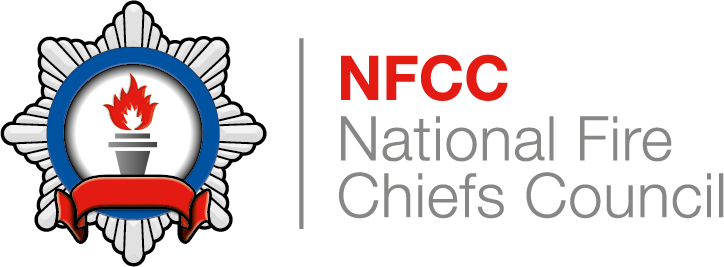Safe system of work: Non-ionising radiation
Control Measure Knowledge
Regulations
Regulations are in place to protect workers from the risks to health from hazardous sources of non-ionising radiation which include:
- The Control of Artificial Optical Radiation at Work Regulations
- The Control of Artificial Optical Radiation at Work Regulations (Northern Ireland)
- The Control of Electromagnetic Fields at Work Regulations
- The Control of Electromagnetic Fields at Work Regulations (Northern Ireland)
The associated regulations for non-ionising radiation require employers to determine whether the exposure of employees to non-ionising radiation exceeds the exposure limit values (ELVs). In most cases this mainly affects people working in industrial environments known to have sources of non-ionising radiation, such as the telecommunication and metal working industries. However, personnel may encounter such sources when attending incidents.
Assess the risk
Assessing the risk of exposure of personnel to sources of non-ionising radiation should be captured in an exposure assessment, which should include known and potential sources in their area and the associated control measures. For guidance on assessments and sources of non-ionising radiation refer to:
- Guidance for Employers on the Control of Artificial Optical Radiation at Work Regulations (AOR)
- A guide to the Control of Electromagnetic Fields at Work Regulations
It may be beneficial to use joint on-site training to identify and understand sources of non-ionising radiation, their use and isolation procedures.
Fire and rescue services should consider gathering information relating to non-ionising radiation present in industrial sites in Site-Specific Risk Information (SSRI) or Location Notices.
Adherence to signage
Sources of non-ionising radiation will often have compliance limit distances (also known as exclusion zones) around the source where an area may exceed ELVs, such as a perimeter fence around a telecommunications base station.
Information regarding non-ionising radiation should be gathered from:
- SSRI or Location Notices
- Warning signs and notices
- The responsible person
Most sites or structures that have non-ionising radiation hazards will have signage detailing the type of hazard, safe distances, emergency contact numbers and the site identification number, which will need to be relayed to fire control. Warning signs should be observed and confirmed by the responsible person.
The source of the non-ionising radiation should be avoided. If it is not possible to isolate the source of the non-ionising radiation, it may be necessary to establish an exclusion zone. However, it may be possible to work safely near the source if all local restrictions are followed. The compliance limit distance (or exclusion zone) may be difficult to assess and adhere to when not working at ground level.
Personnel should be made aware of the presence of non-ionising radiation. Personnel who have any pacemakers, insulin pumps, metal implants or embedded metal fragments that may be affected should not be allowed to enter the exclusion zone.
If there is non-ionising radiation present, communications and equipment should be monitored for interference. This could include:
- Radios
- Mobile phones
- Telemetry systems
- Remotely operated equipment, such as:
- Aerial platforms
- Robotic equipment
- Drones
Contingency arrangements should be put in place in case this occurs.
Minimising exposure
The effects of non-ionising radiation depend on the:
- Distance from the source
- Time exposed
- Power level
It may be possible to isolate some sources of non-ionising radiation so that emergency responders can work safely. The information on the signage will normally need to be obtained to enable contact with the responsible person to request and confirm isolation of the source.
Fire and rescue services should consider establishing procedures to minimise the exposure of personnel to non-ionising radiation, which should include:
- Direction of approach to the source
- Maximising the working distance from the source
- Deploying the minimum number of personnel to the exclusion zone
- Minimising the time exposed
